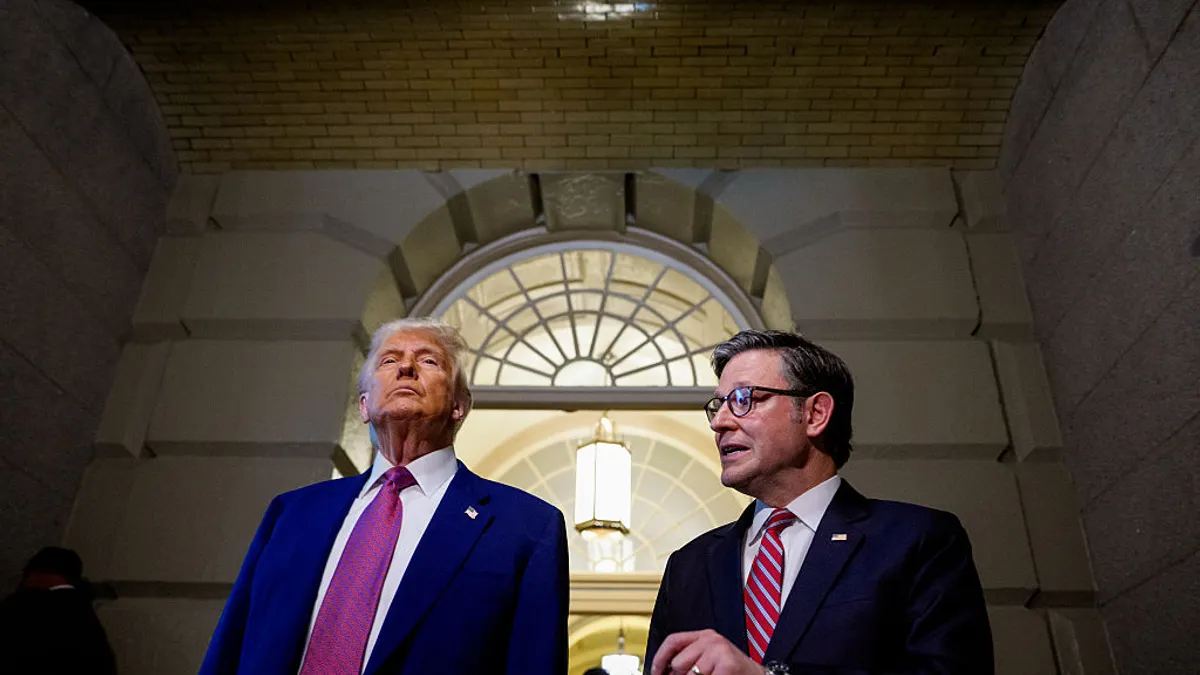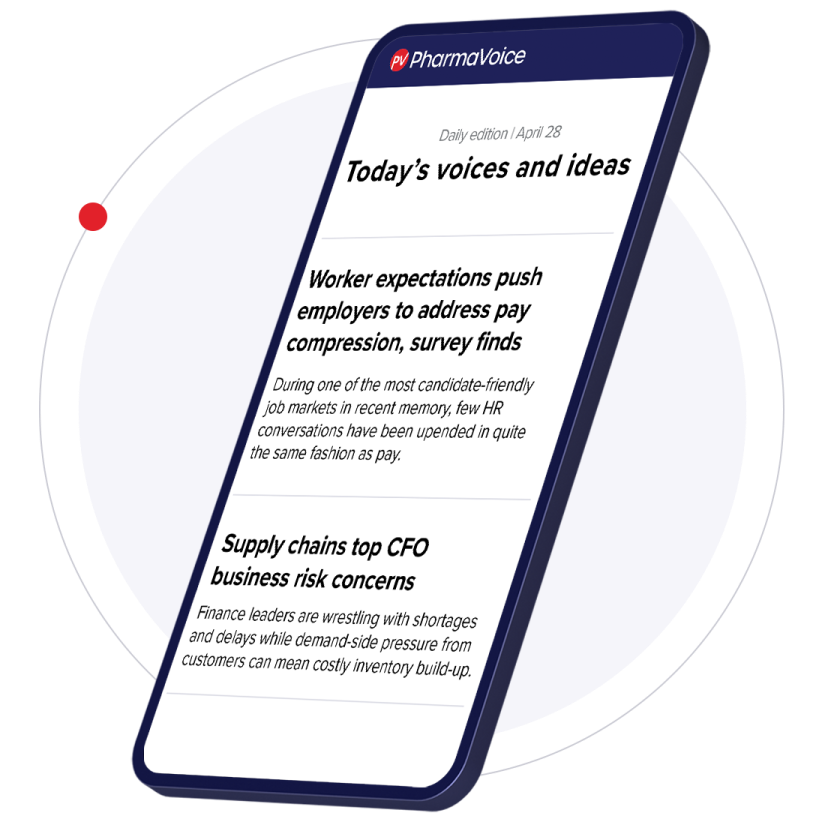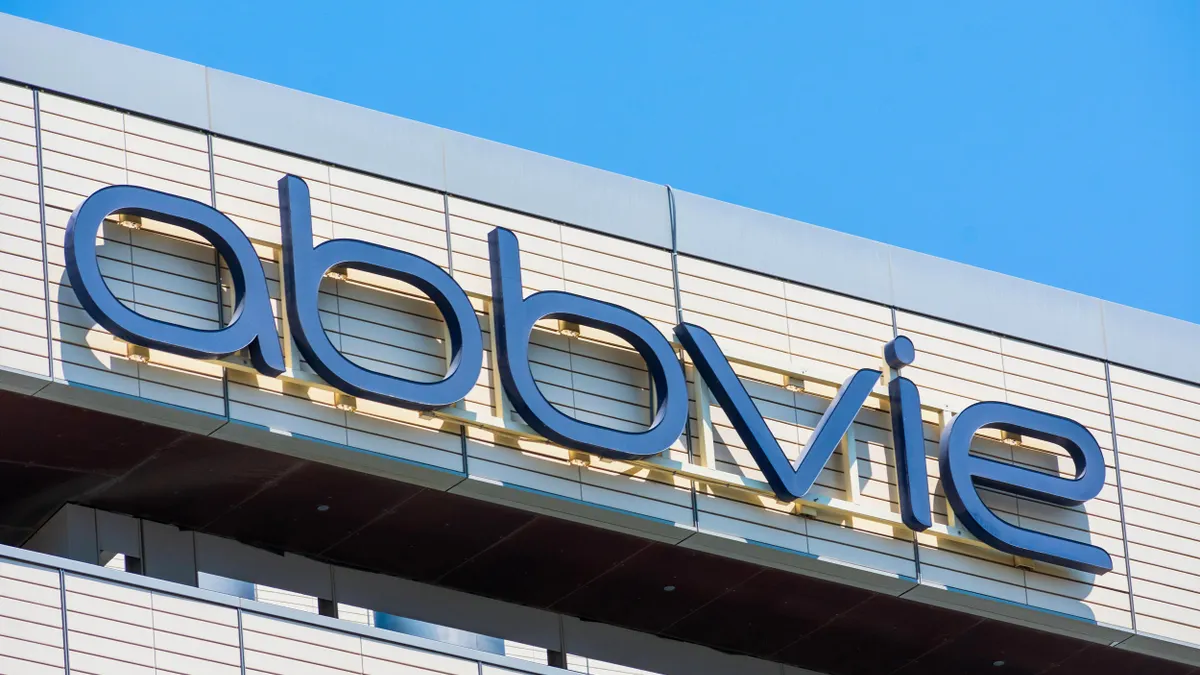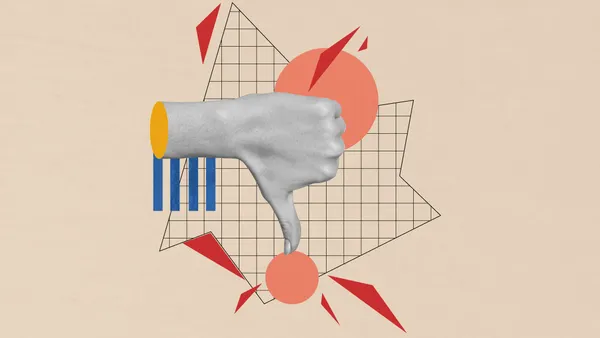Just days before President Trump signed his sweeping budget bill into law, the Senate removed a provision that would have “delinked” drug list prices from compensation for drug middlemen. Now, a new analysis suggests that type of provision could have lowered annual U.S. drug spending by nearly $100 billion without hindering pharma innovation.
Drug list prices grab a lot of attention and are often cited as an example of pharma excess. Orchard Therapeutics made headlines last year when it set the list price for its metachromatic leukodystrophy gene therapy, Lenmeldy, at $4.25 million.
While Lenmeldy is a one-time treatment for an ultra-rare disease, list prices for the world’s best-selling drugs are often scrutinized too. Merck & Co.’s oncology powerhouse Keytruda sells for nearly$12,000 for a three-week dose, while the weight loss juggernaut Ozempic is priced at about $998 per injection pen. A recent Reuters survey of 45 drugs found that the median annual list price for a new drug was $370,000 in 2024.
Of course, patients almost never pay a drug’s full list price and can often receive rebates and other discounts if they’re uninsured.
List prices do matter to the country’s overall drug spending, however, and pharmacy benefit managers are a prime example of why. PBMs are paid a percentage of a drug’s list price, rather than a fixed administrative fee, for negotiating benefits on behalf of insurers and employers. In addition, evidence suggests they often steer patients toward drugs with more expensive list prices.
In 2023, PBMs, wholesalers and pharmacies received $215 billion of the U.S.’s $650 billion prescription drug spending, according to analysis from the USC Schaeffer Center for Health Policy & Economics and published in Health Affairs Scholar. The rest went to drugmakers.
But these intermediaries would have been paid just $119.6 billion if their compensation was based on revised payment models instead of list prices, according to the analysis, which breaks down how PBMs, wholesalers and pharmacies might have been paid using a fixed, transparent model. If PBMs received a fixed administrative fee of $4 per claim, instead of a percentage of the drug list price, for example, they would have received $27.6 billion in 2023.
When combined with fees for wholesalers and pharmacies, the new approach would have triggered savings of $95.4 billion dollars — a 15% decrease — according to the analysis.
PBM reform is a hot topic, and as of late 2024 all 50 states had passed legislation with some sort of provisions to rein in PBM profits. The most common approaches prohibit gag clauses that would prevent pharmacies from telling patients about lower-cost options; limit patient cost sharing; and require PBM licensure or registration. Other measures include rebate reporting requirements and ending payment discrimination against non-PBM-affiliated pharmacies.
But none of these measures are enough to bring meaningful change, argues the analysis’s author, Geoffrey Joyce.
“Delinking compensation from list prices is the clearest and most effective way to tackle the warped incentives in the prescription drug supply chain that drive up costs for patients without adversely affecting manufacturers’ incentive to innovate,” Joyce said in a statement.
There is still movement toward delinking on the federal level. A few days after the PBM provision was removed from the new spending and tax bill, 12 bipartisan members of Congress led by Rep. Earl L. “Buddy” Carter (R-GA) introduced the PBM Reform Act, which would delink PBM compensation from the cost of medications under Medicare Part D.
The legislation also introduces other approaches to lower drug spending such as a ban on “spread pricing” in Medicaid, a requirement to promote transparency for employers and patients in prescription drug plans, a new effort to enforce oversight on reported violations and more.










